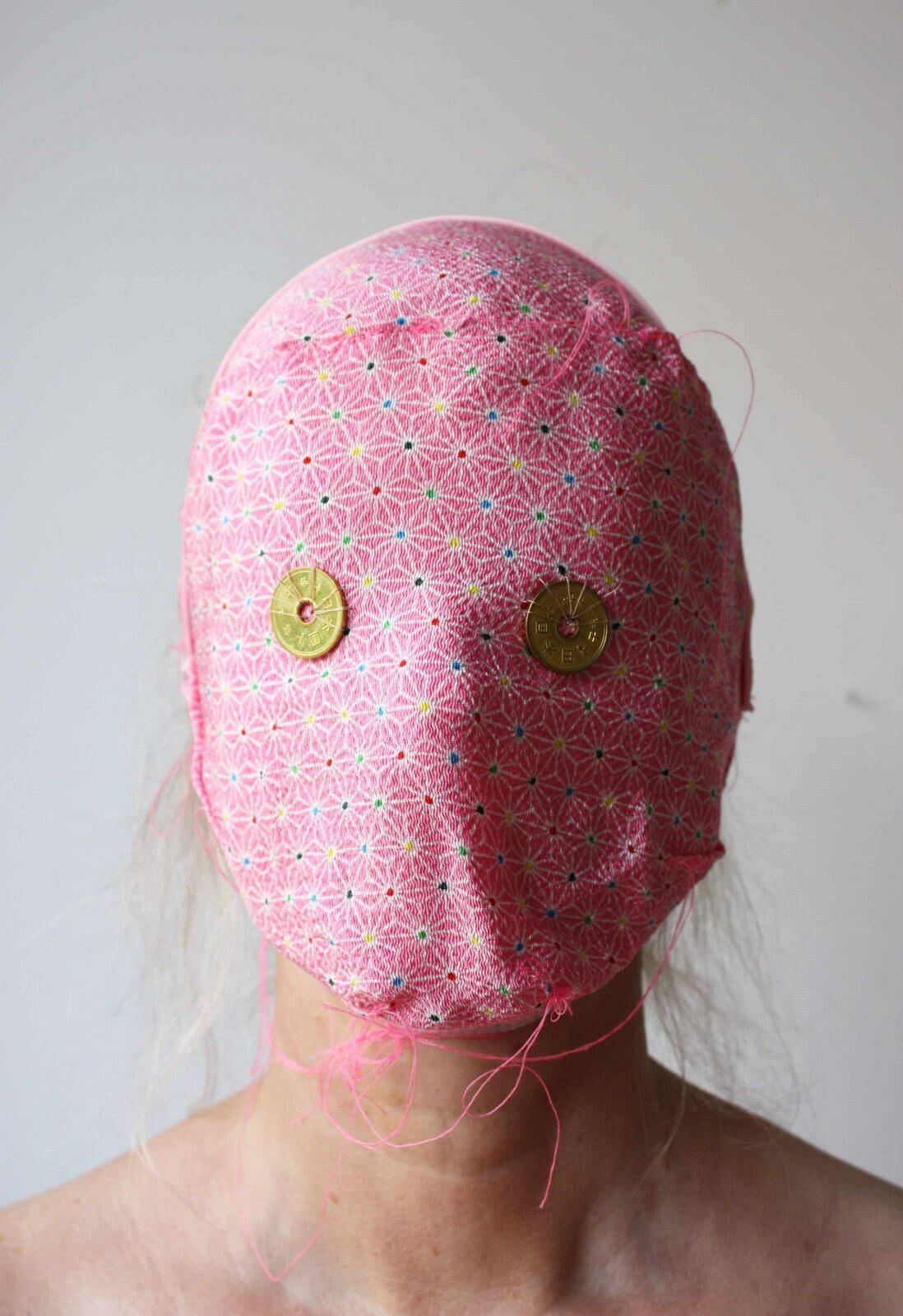
In my series of masks and videos I uncover questions and connections concerning femininity, identity, gender, religion, folklore and the current pandemic, by the use of the human body, that carries the wearable artworks. The masks are all about the question of how the female body relates to culture.
During the physical exhibition the series of masks will be presented in a performance.


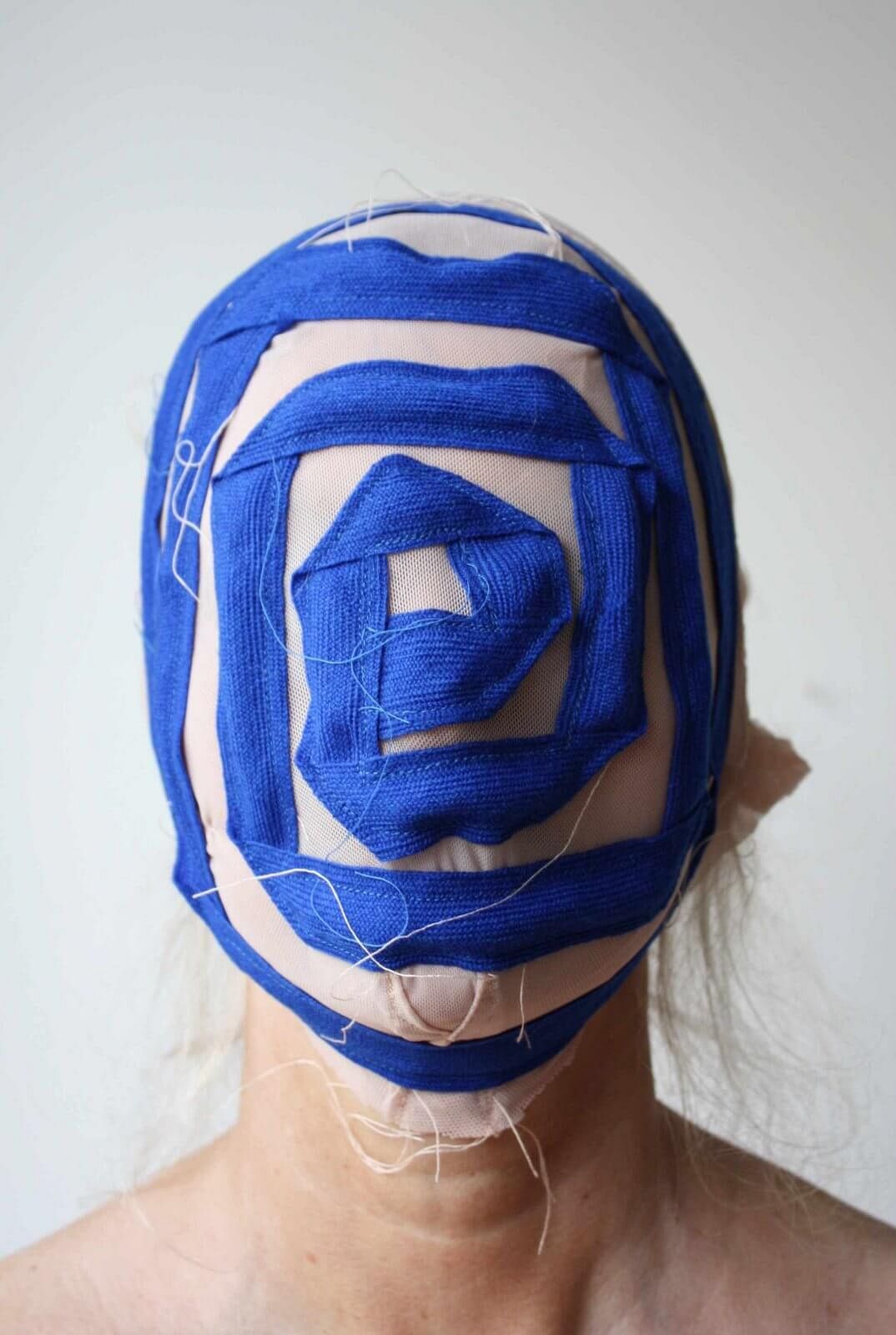
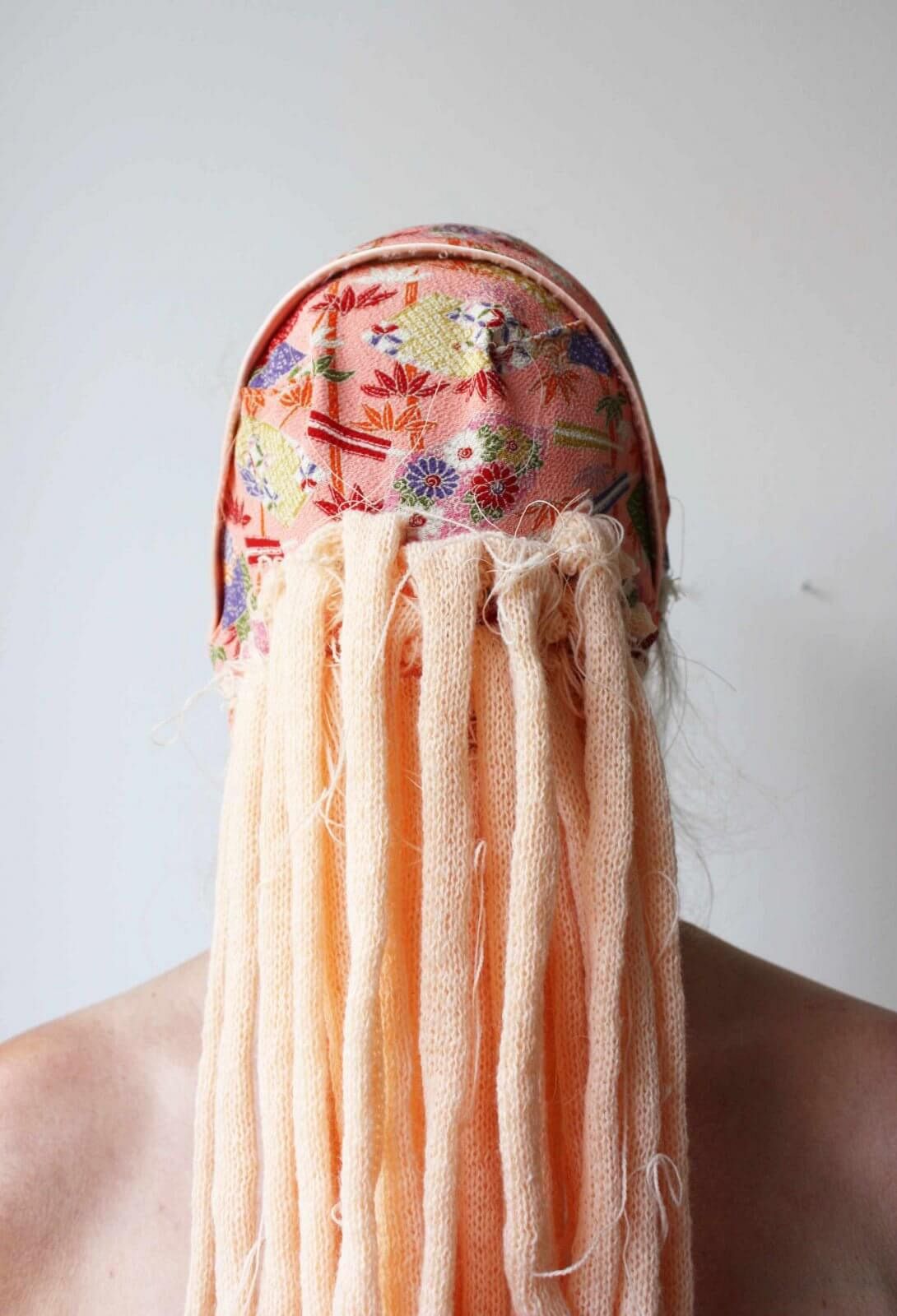
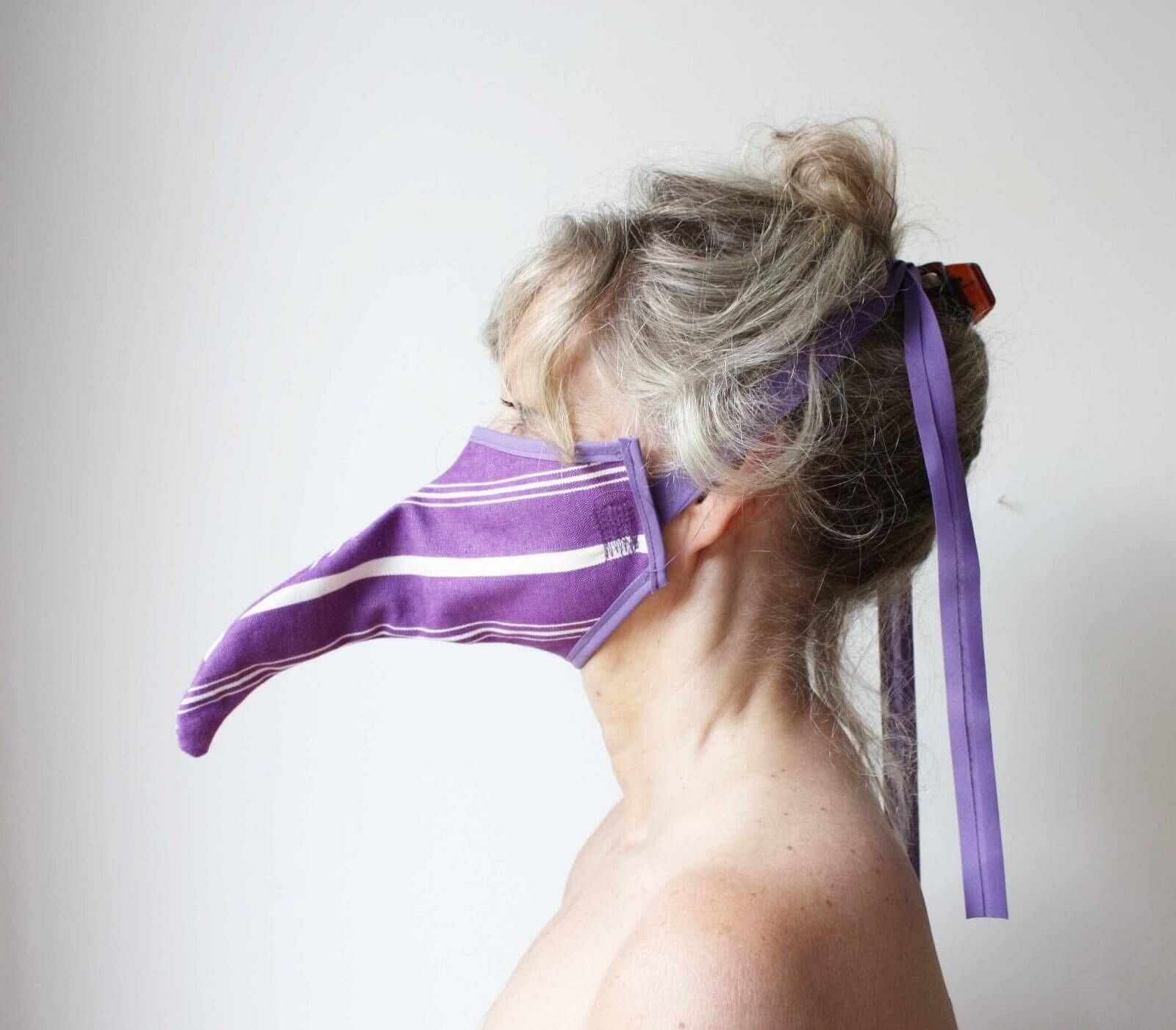

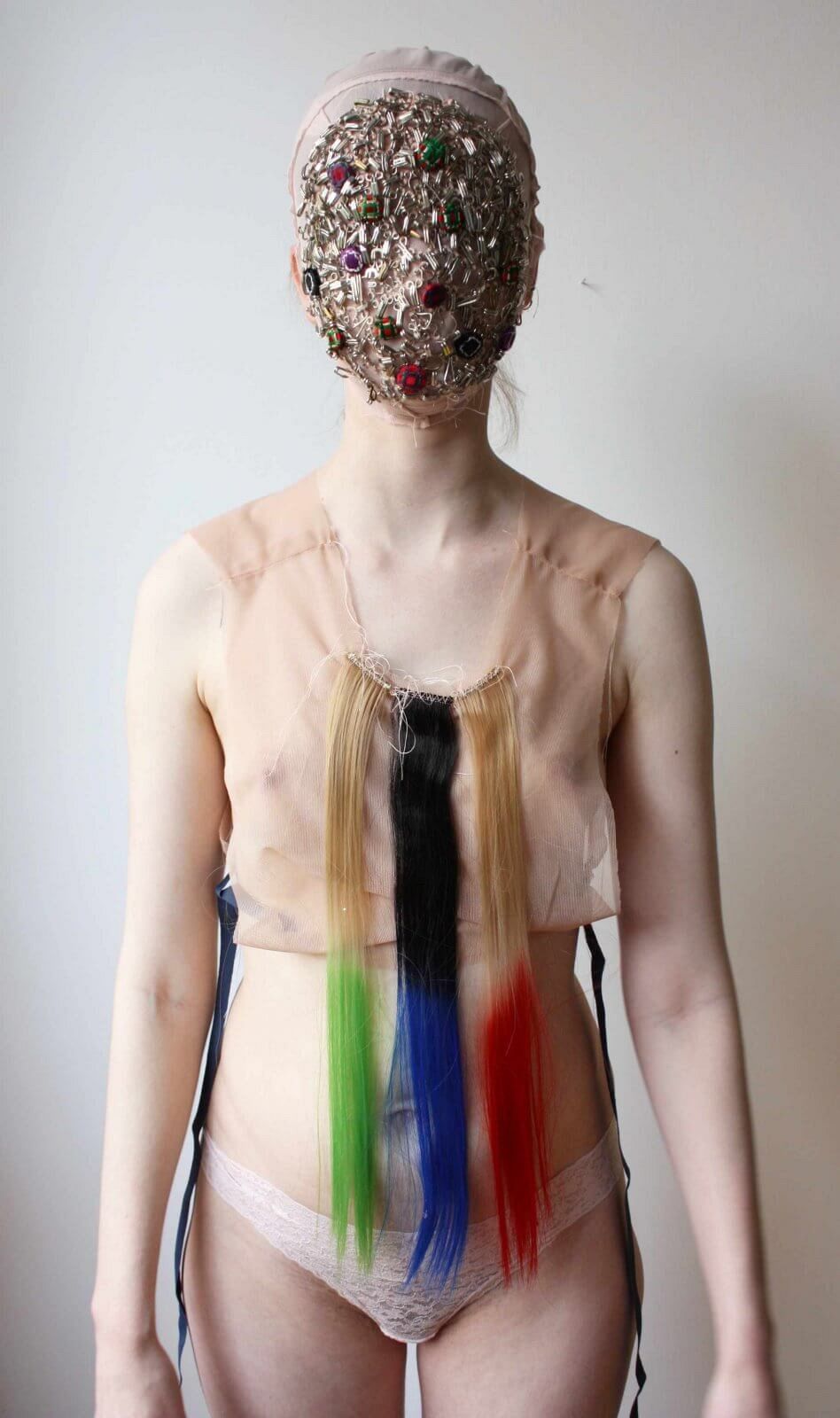
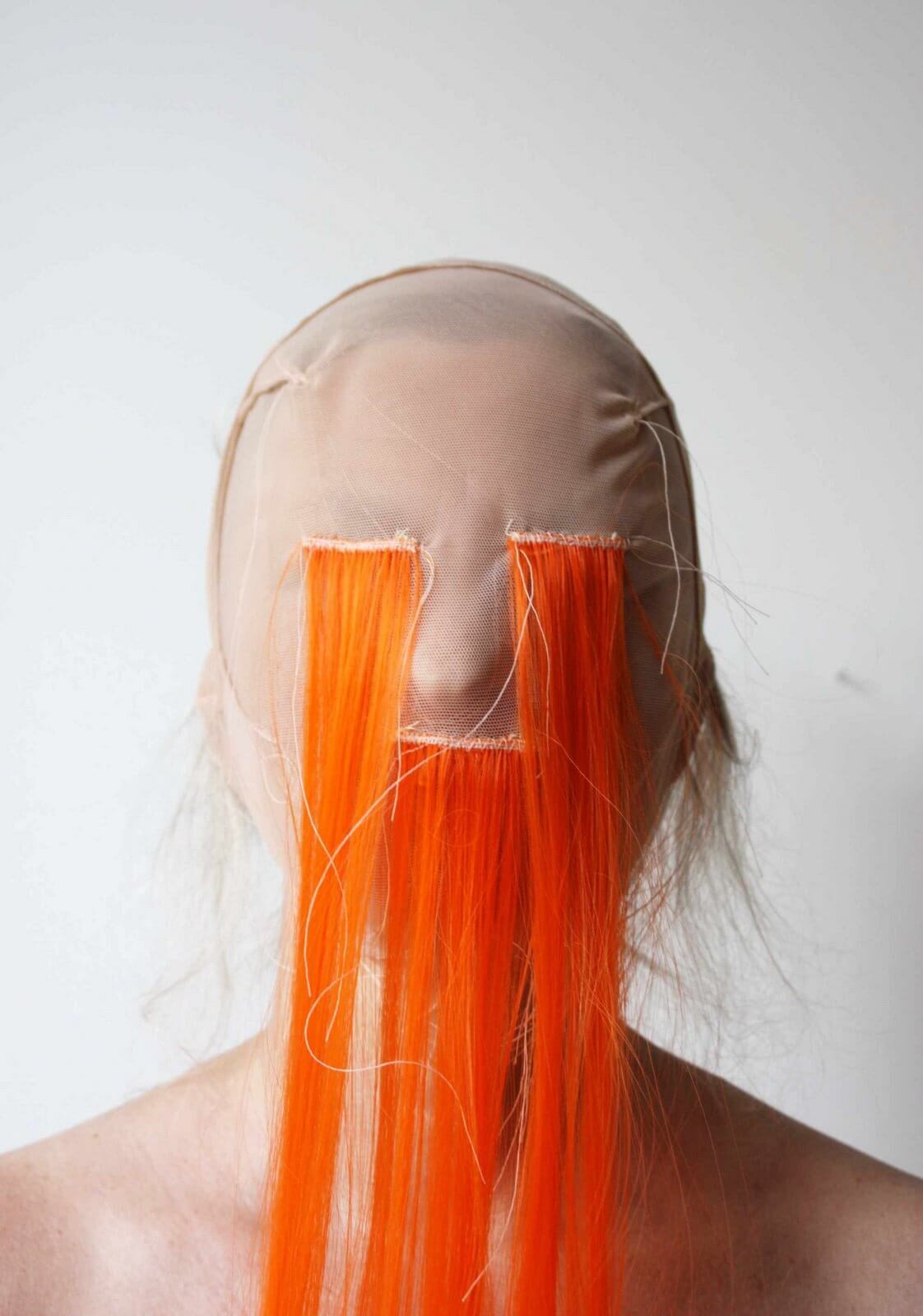
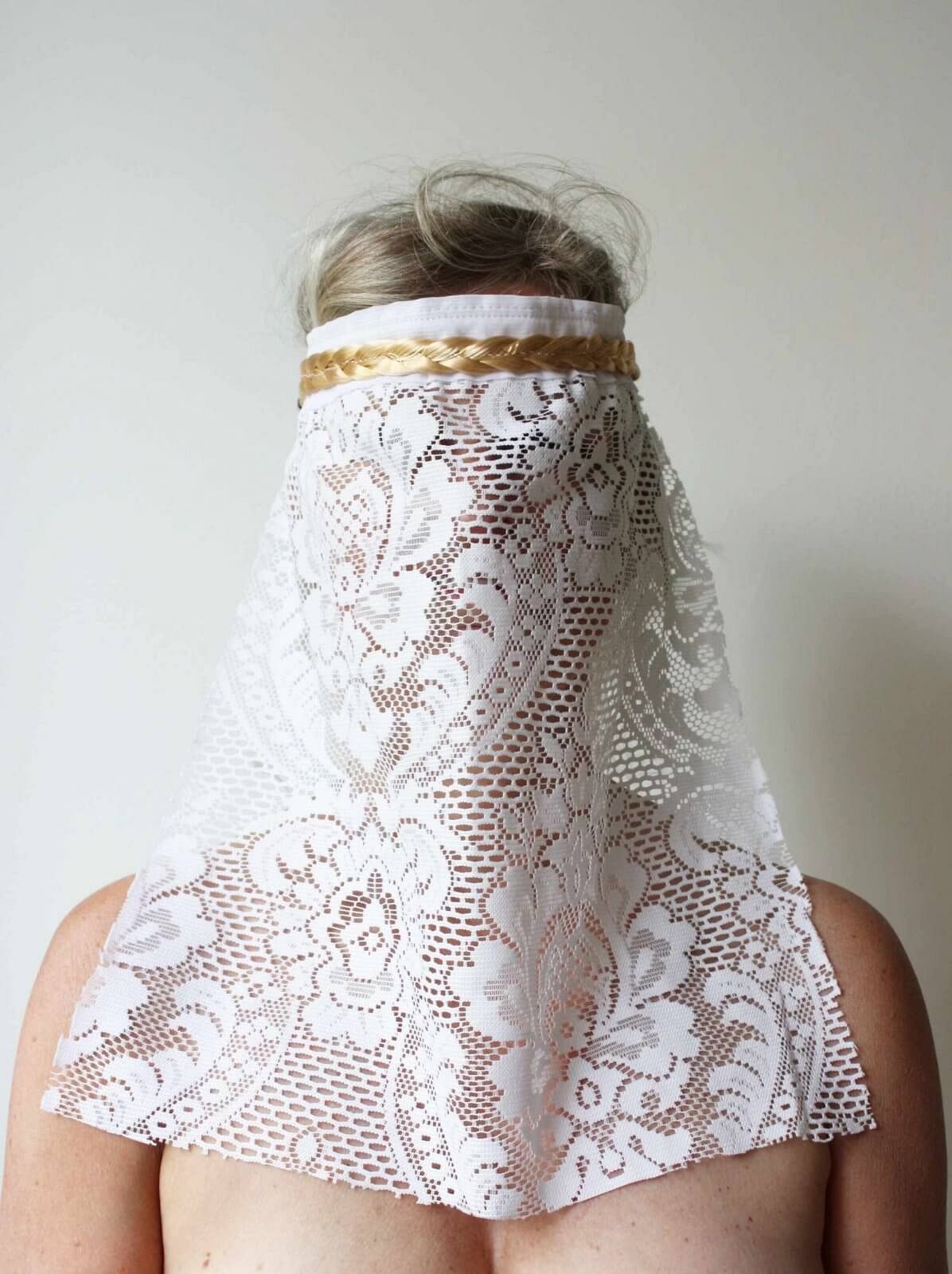
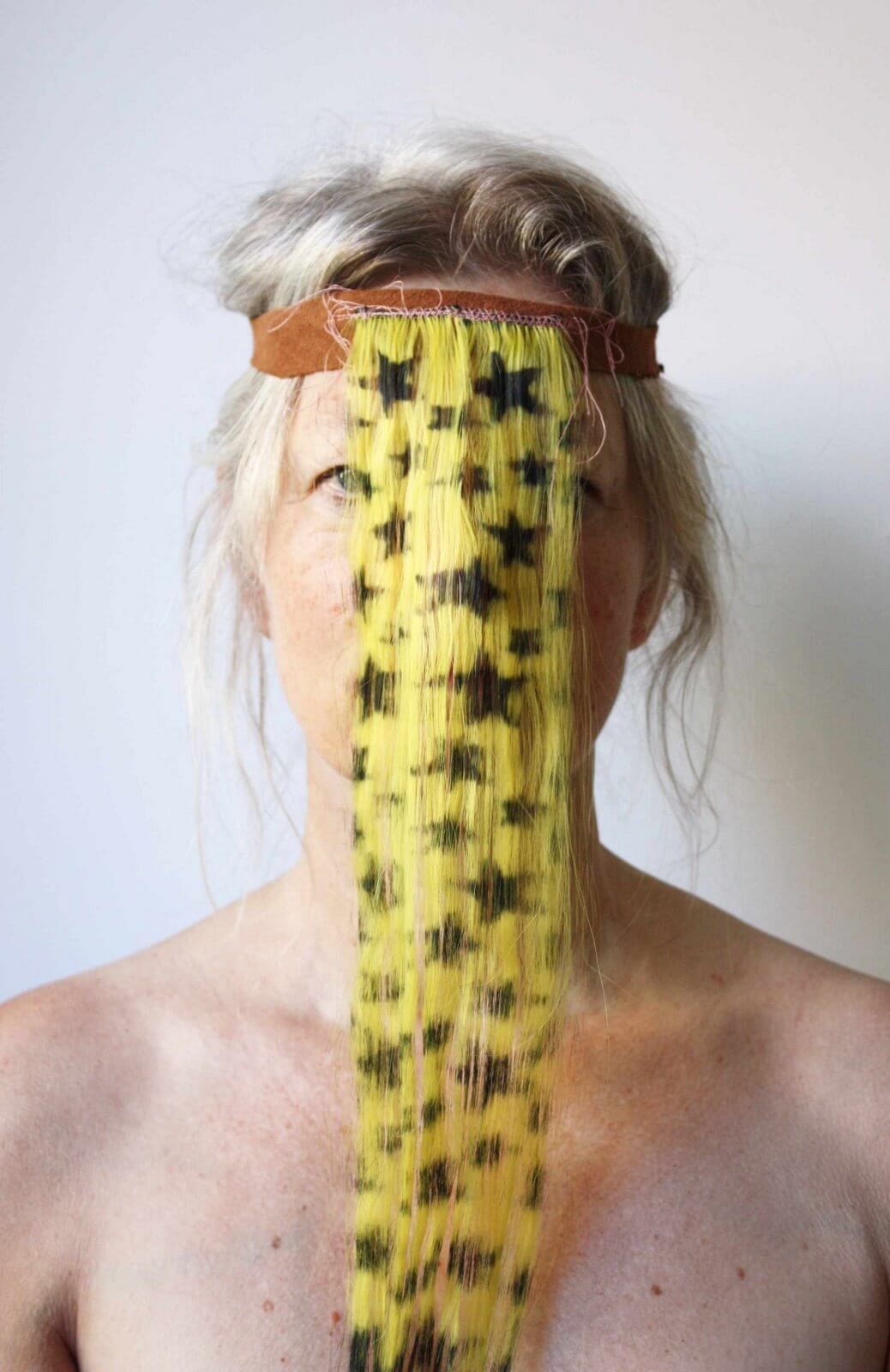
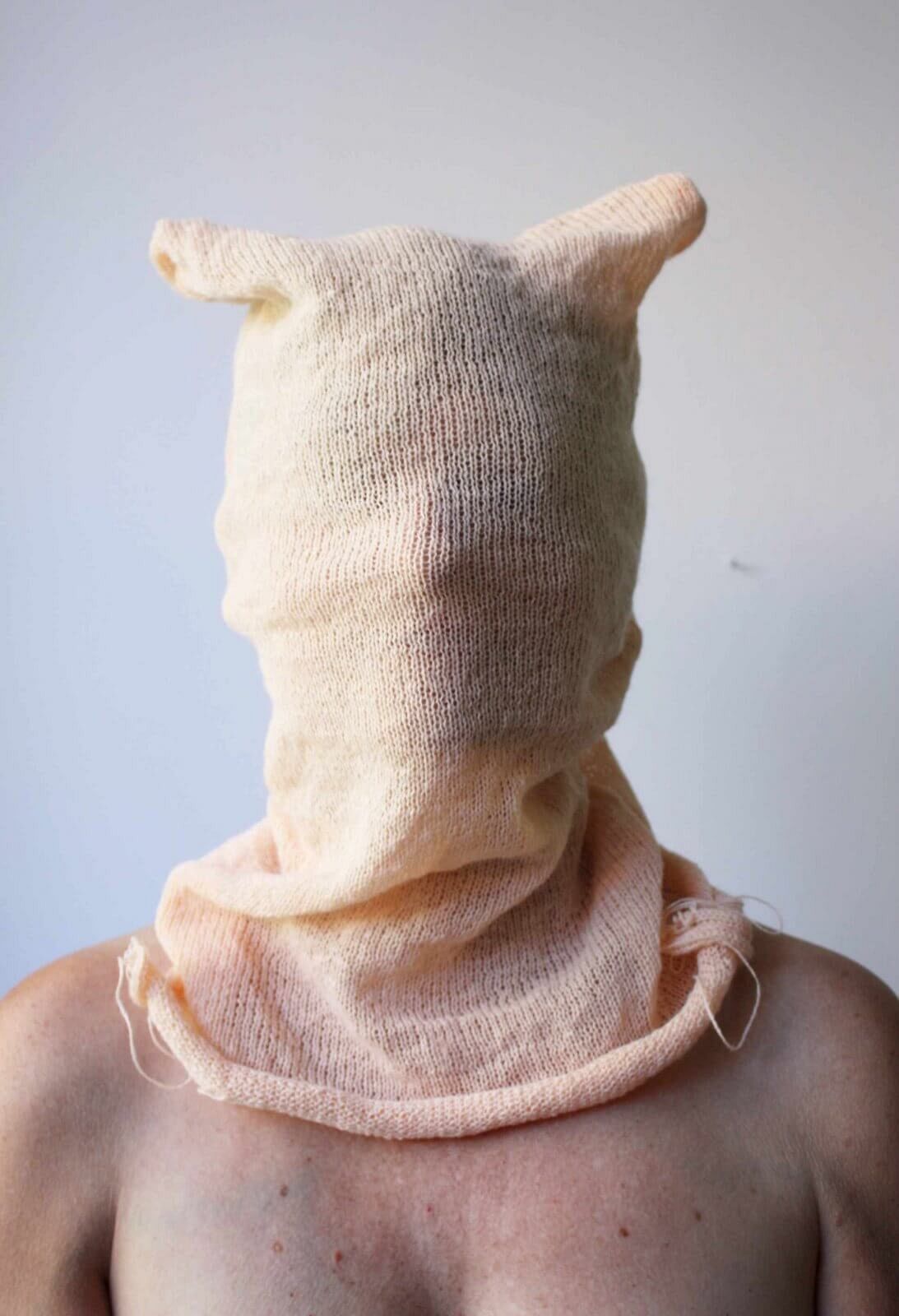
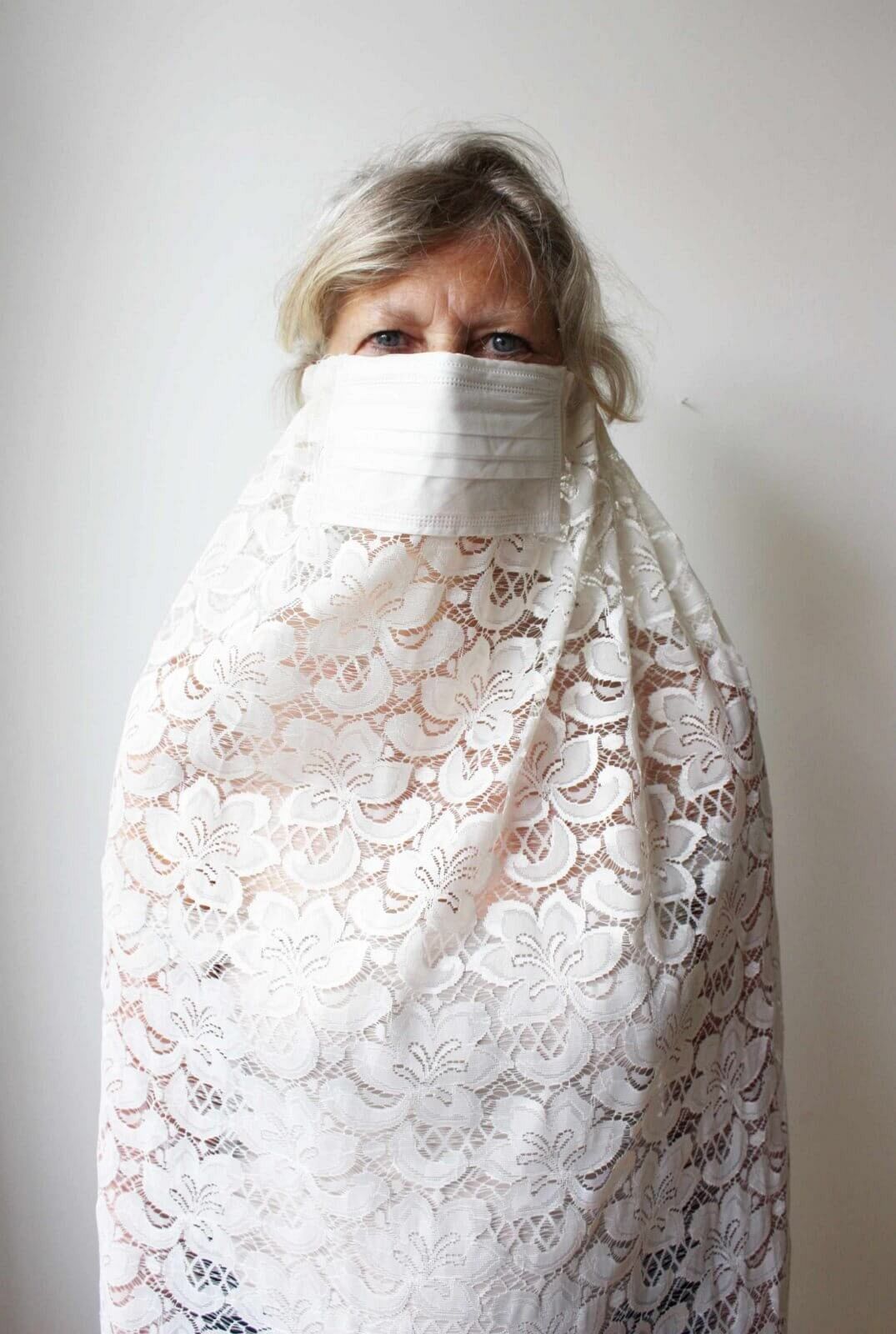
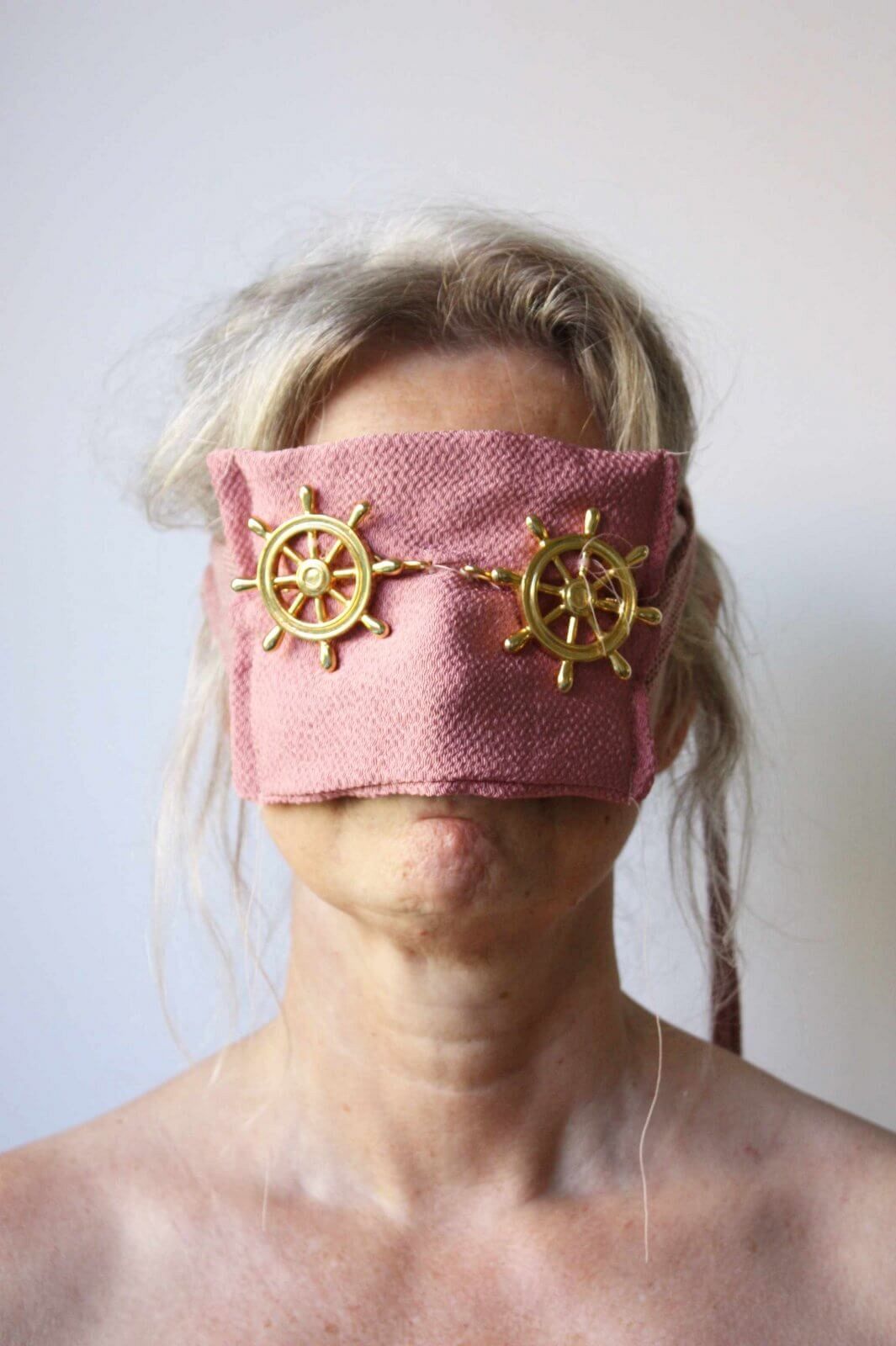
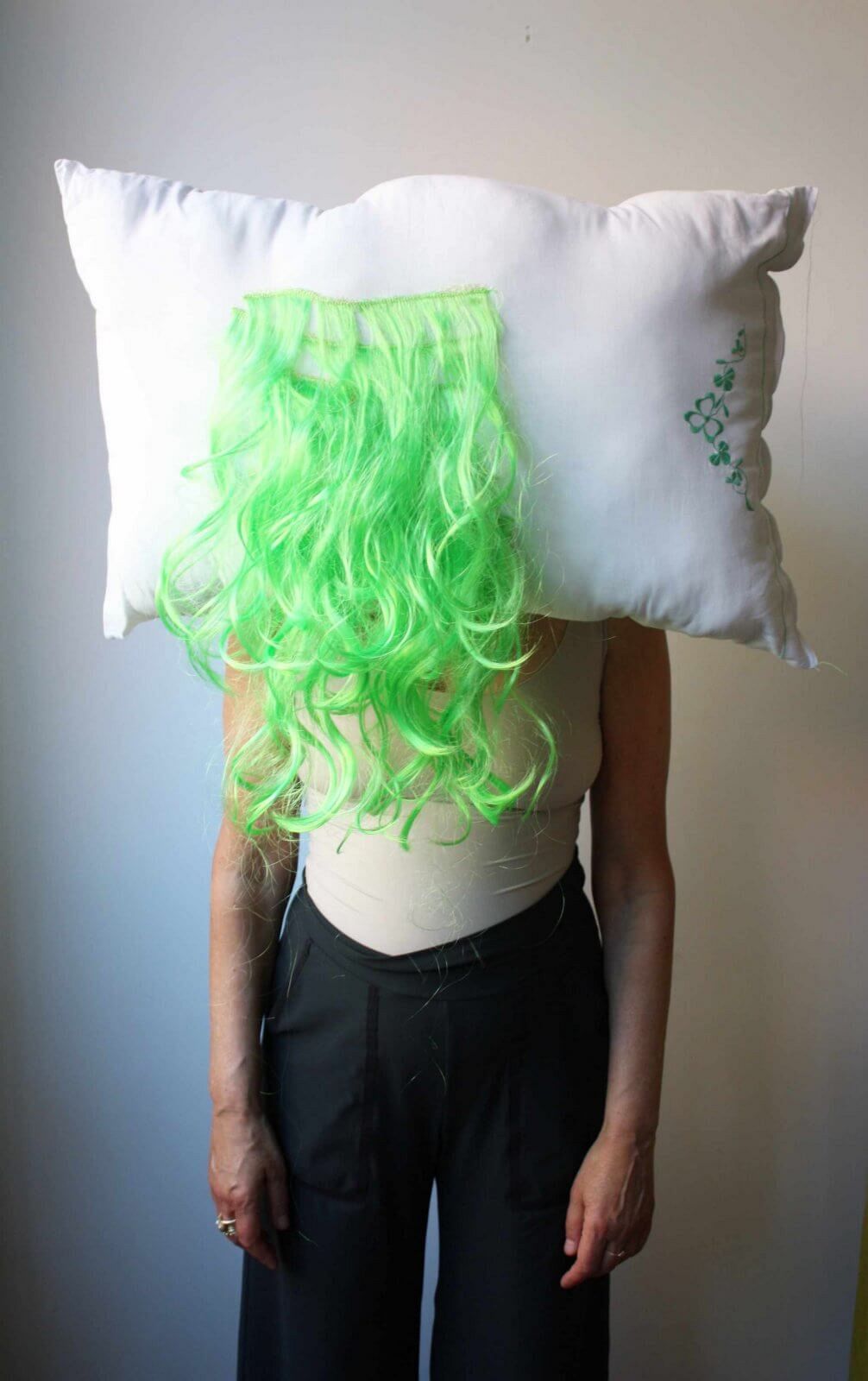
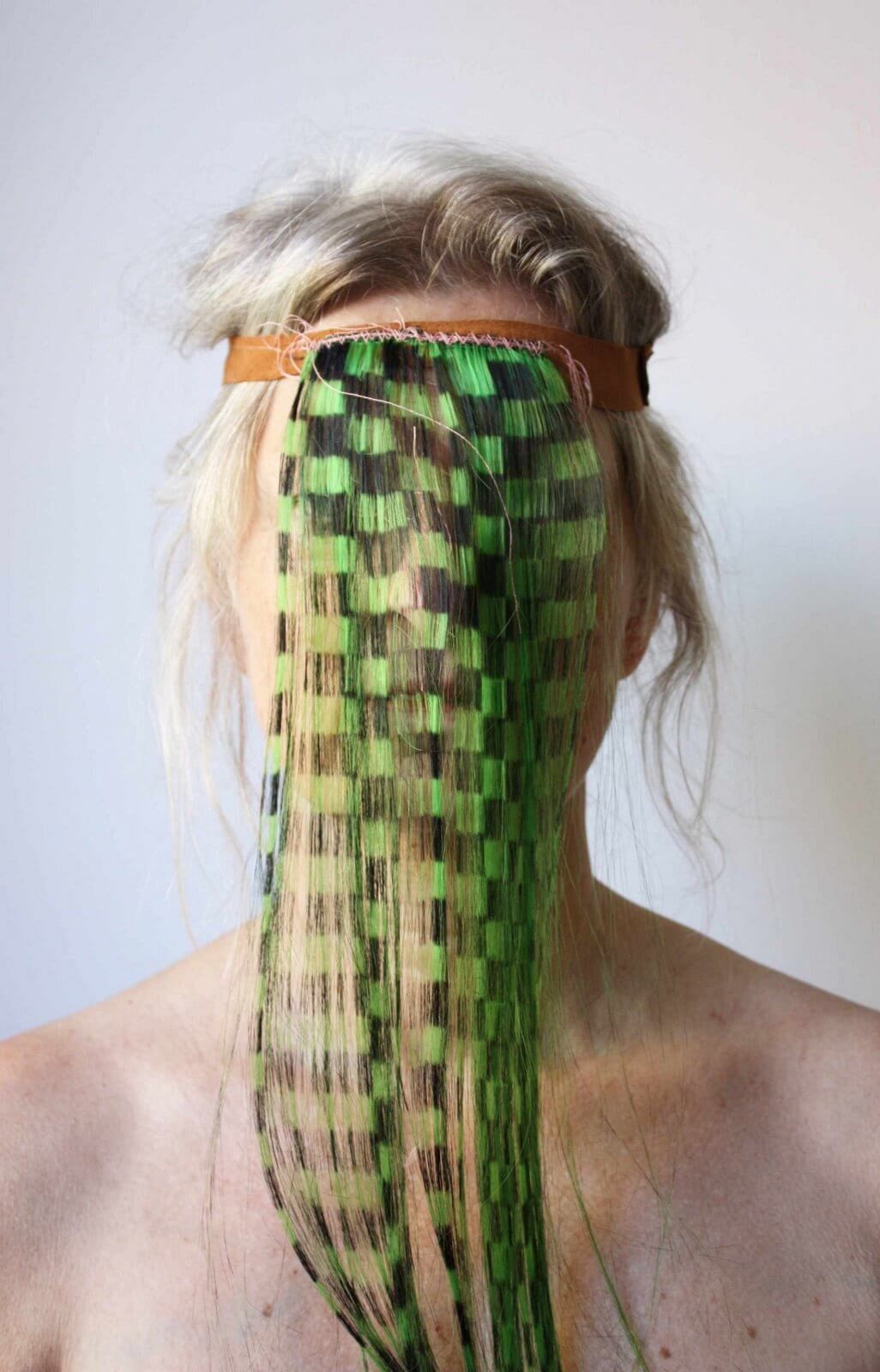
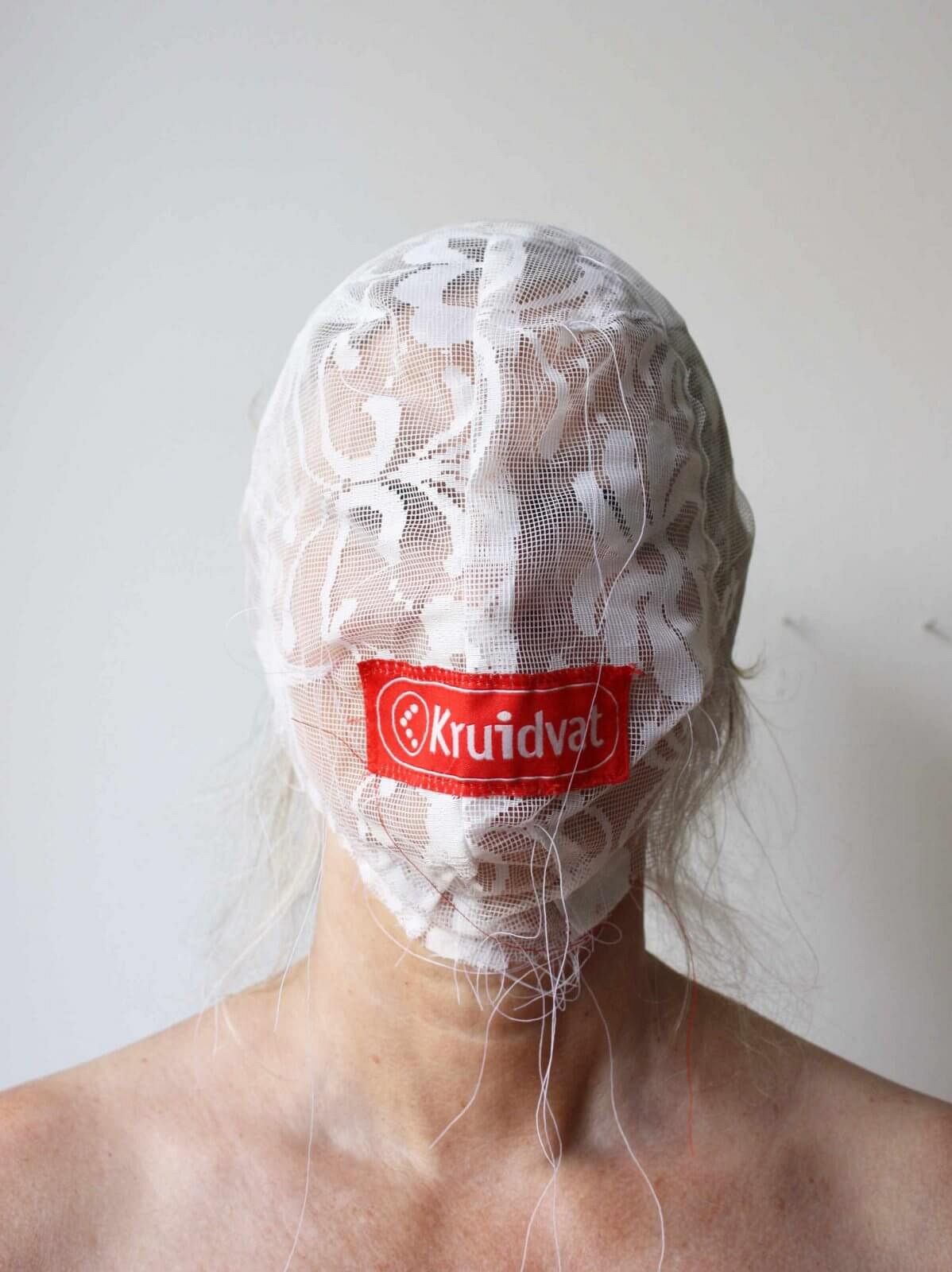
THESIS
To cover
In this thesis I looked at four different art practices that involve covering and veiling and masking of the human body and skin. The artists whose art practices I investigated are: Mella Jaarsma, Vanessa Beecroft, Donna Huanca and Lucy Orta. All four artists are in my artistic family. I wrote about how they use veils and coverings and why. Each chapter is a short essay dedicated to each one of the mentioned artist's practices, and how those artists cover and use he human body. About Mella Jaarsma I concluded she reveals by covering the body, rather than concealing it by covering. By for example, Jaarsma covers the whole body except for one glimpse; this makes this tiny exposed body part stand out, it is put in the spotlight. All attention is drawn to that small glimpse, while the rest is fully covered.
Lucy Orta very much uses the body coverings as protection from certain external influences that are mostly physical. For Vanessa Beecroft the covering is not so much physical; the models are often sparsely dressed. The instructions she gave the performers, one of them looking distant, ignoring the audience, are a shield of body language. Donna Huanca creates a distance between the spectator and the performer by turning them into living paintings. The paint on the performance is almost like camouflage.